The brain is a fascinating organ, and Brain Rules is a fascinating book. As much as we have learned about the brain in recent decades, there are still so many things that we do not yet understand. I have been spending some time, lately, filling my brain with more information about the brain, both through podcasts and books.
For an engaging and practical read, I recommend Brain Rules by John Medina. In his book, Medina, a developmental molecular biologist, shares his knowledge about the brain and offers concrete advice on how to use this knowledge to make fundamental changes in our lives.
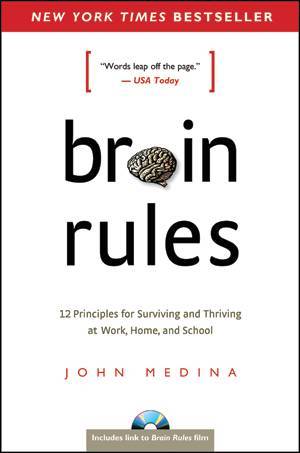
One of the many insights that caught my attention is significant for presentations. According to Medina, studies show that in a typical presentation or lecture, speakers start to lose the audience’s attention after around 10 minutes. Nobody is quite sure why this happens. But it means that for the average one-hour presentation, most people have tuned out after 15 minutes.
Medina argues that the brain needs regular breaks for it to digest new information efficiently. What the brain does not need is to be force fed more information and details. To counteract this propensity of the brain to start tuning out after 10 minutes, Medina, who lectures at the University of Washington School of Medicine, developed the following approach when delivering his hour-long lectures.
10-minute segments
Divide the presentation into 10-minute segments. Start with a general concept and then provide the details.
During these 10 minutes, Medina covers a single core concept. The concept is “always large, always general, always filled with ‘gist,’ and always explainable in one minute.” He uses the other nine minutes to provide the details of the single general concept.
Medina says that the brain processes meaning before detail. This is why it is so important to give audiences the gist of what we are saying. And, as we get into the details, it is equally important that we clearly explain the relationship between the details and the key concept.
According to Medina, the brain likes hierarchy. “Starting with general concepts naturally leads to explaining information in a hierarchical fashion.” Covering the general idea first, leads to a noticeable improvement in understanding.
Even with this 10-minute chunking approach, it is important that a presenter explain the outline of the presentation at the beginning of the presentation so that the audience knows where they are going. In public speaking parlance, we call this “signposting”. As the presentation unfolds, the presenter should ensure that the audience understands how each concept fits into the overall presentation.
Time to recharge
At the 10-minute mark, give the audience something that is both relevant and compelling to recharge their brains.
Medina says that after 10 minutes, the audience’s attention is getting ready to plummet and speakers need to do something. But they should not give more information of the same type; nor should they be given a completely irrelevant cue that breaks their train of thought, and makes the information seem “disjointed, unorganized, and patronizing”. Audiences need something so compelling that they “blast through the 10-minute barrier and move on to new ground—something that triggers an orienting response toward the speaker and captures executive functions, allowing efficient learning.”
Three principles
To do this, Medina sets “hooks” that follow three principles:
1. The hook has to trigger an emotion. It could be fear, laughter, happiness, nostalgia, incredulity—any emotion worked well. In the past, I have written about the power of emotion to help audiences remember information.
2. The hook has to be relevant. It cannot be just any anecdote or a lame joke; otherwise, at best, the presentation will seem unstructured and at worst, the audience might feel that you are wasting their time. But an entertaining hook that is relevant to the content will engage an audience and keep them focused. Of course, telling relevant, compelling stories is one of the best ways to keep the audience’s attention. For more on stories, see here, here and here.
3. The hook must go between the 10-minute modules. It can be at the end of a module, reviewing what has been covered, or it can be at the beginning of a module, looking forward. I believe that a good hook should also include a bridge from the idea just covered to the one about to be discussed.
Results
In Brain Rules, Medina says that when he started placing hooks in his lectures, he noticed a changes in his audiences. They were still interested at the end of the first 10 minutes. More importantly, they could maintain their attention for another 10 minutes, as long as another hook was given at the end. Furthermore, Medina also found that halfway through a lecture, after he had used two or three hooks, he could skip the fourth and fifth hooks and still keep his audiences fully engaged. He has found this to be true for audiences since he began teaching in 1994.
Medina says that he has been able to “win the battle for [his students’] attention in 10-minute increments.” Not only has he won his students’ attention; he has also won the Hoechst Marion Roussel Teacher of the Year award. I leave the final words to him:
Does that mean my model has harnessed the timing and power of emotional salience in human learning? That teachers and business professionals everywhere should drop whatever they are doing and incorporate its key features? I have no idea, but it would make sense to find out. The brain doesn’t pay attention to boring things, and I am as sick of boring presentations as you are.
If you want to learn more fascinating insights about the brain, pick up a copy of Brain Rules.


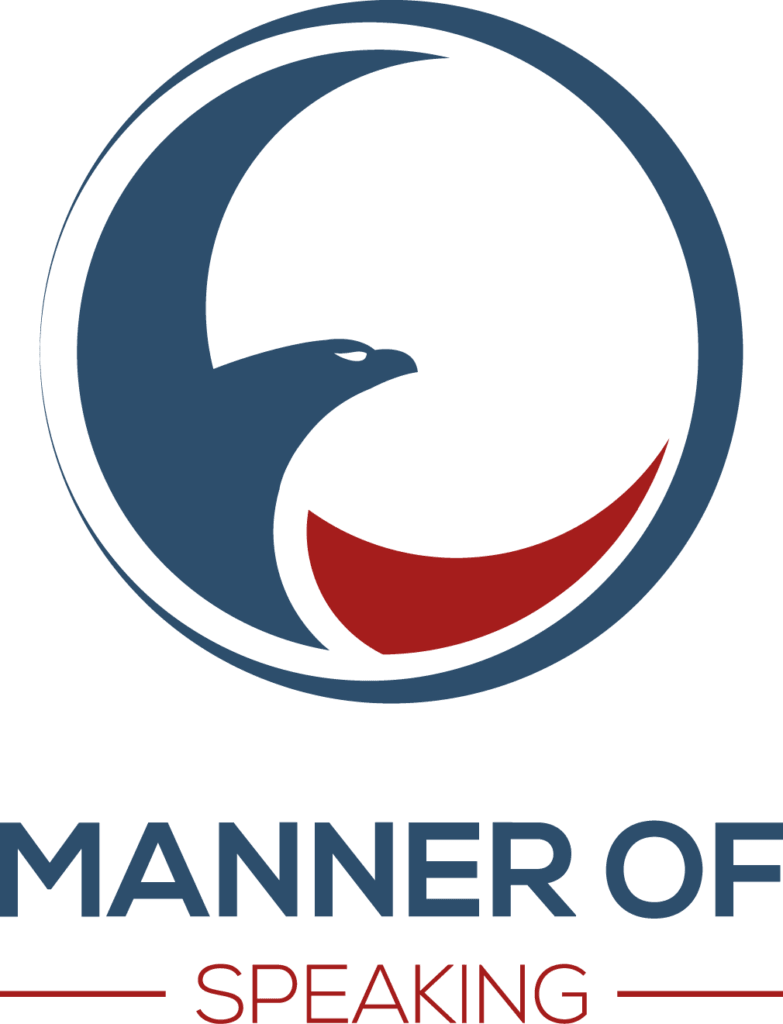




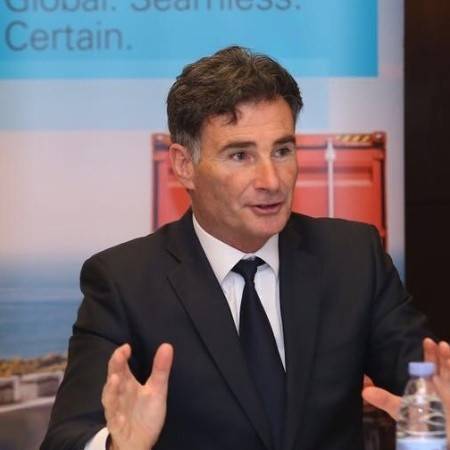


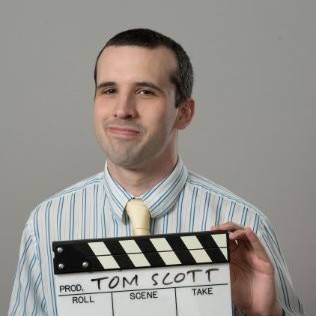
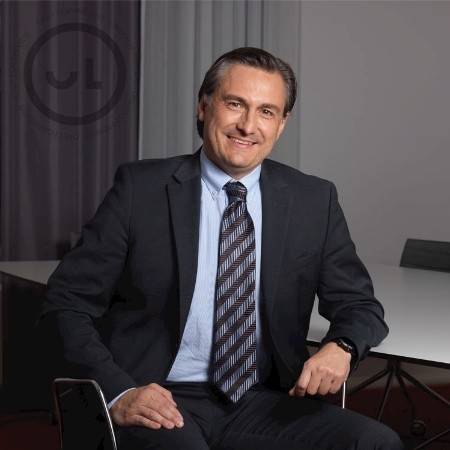


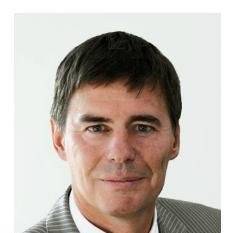

11 Replies to “A brain hack for your next presentation”
Thanks for the summary John. I’ve not read the book, but I know it’s very well thought of.
These ideas certainly tie in with many tips for making content more memorable. The idea of a hook reminds me of Nancy Duarte’s concept of a STAR moment (which is Something They’ll Always Remember – “they” being the audience. I wrote about that and other memory tips here.)
Ten minutes is a nice round number, which I’m sure is just approximate. So saying “after 9 minutes and 59 seconds” seems too precise. There must be many factors involved, so I imagine the number varies quite a lot around 10 minutes. (I suppose the figure itself is a mnemonic, because people can easily recall and recite “10”, but if it was 11 minutes 45 seconds, that’s not as “sticky”!)
Thanks, Craig. It is a worthwhile read on many levels, not just for presentation skills. Lots of interesting stuff about our brains and how we can take better care of them.
The parallel with Nancy Duarte’s STAR moment is a nice one. Thanks for thinking of it.
And yes, 9:59 is probably too precise. (They are his words and I should have put them in quotes.) The true “number” is almost certainly a range that varies based on a number of factors, as you say. I will change that part of the post so that people use the 10 minutes as guide without becoming fixated on it.
John, As you are interested in the brain, you may like to come to a dinner I¹m organizing on 13 October for the Oxford and Cambridge Club of Geneva. Our after-dinner speaker will be Prof. Henry Markram, director of the Human Brain Project and the Blue Brain Project. Here are some details: http://en.wikipedia.org/wiki/Henry_Markram. He¹s an excellent speaker. Shall I put you on the mailing list for an invitation? Best wishes, Philip
Many thanks, Philip. I don’t know if I will be around that week, yet, but please put me on the list. If I am in Geneva, it would be great to attend.
Cheers!
John
Hi John,
thank you for sharing this interesting info. I heard of a study done by the US Navy. It supposedly says that a speaker needs to change pace and/or media after approx. 20 minutes. The key here is most likely variation. If there is no variety, it becomes a monotone.
Hi Thomas. I agree in that I don’t think that precisely at 10 minutes, the attention of the audience drops. Depending on the circumstances, it might be longer or shorter. I tell my clients to think about changing things up every 10 to 15 minutes. A good speaker could probably stretch it to 20 minutes. The key for me is to remember the principle and to vary the presentation regularly. I think that if speakers aim for somewhere between 10 and 20 minutes, they should be fine.
Thank you for this post) I found it very useful! Where I can find more tips about preparing a presentation?
Thanks for the comment, Sarah. I’m glad you enjoyed the post. For more ideas about preparing a presentation, you can, of course, search this blog. You can also find other great public speaking blogs in my blog roll along the right side of the screen. If you have a specific question regarding preparation, please let me know.